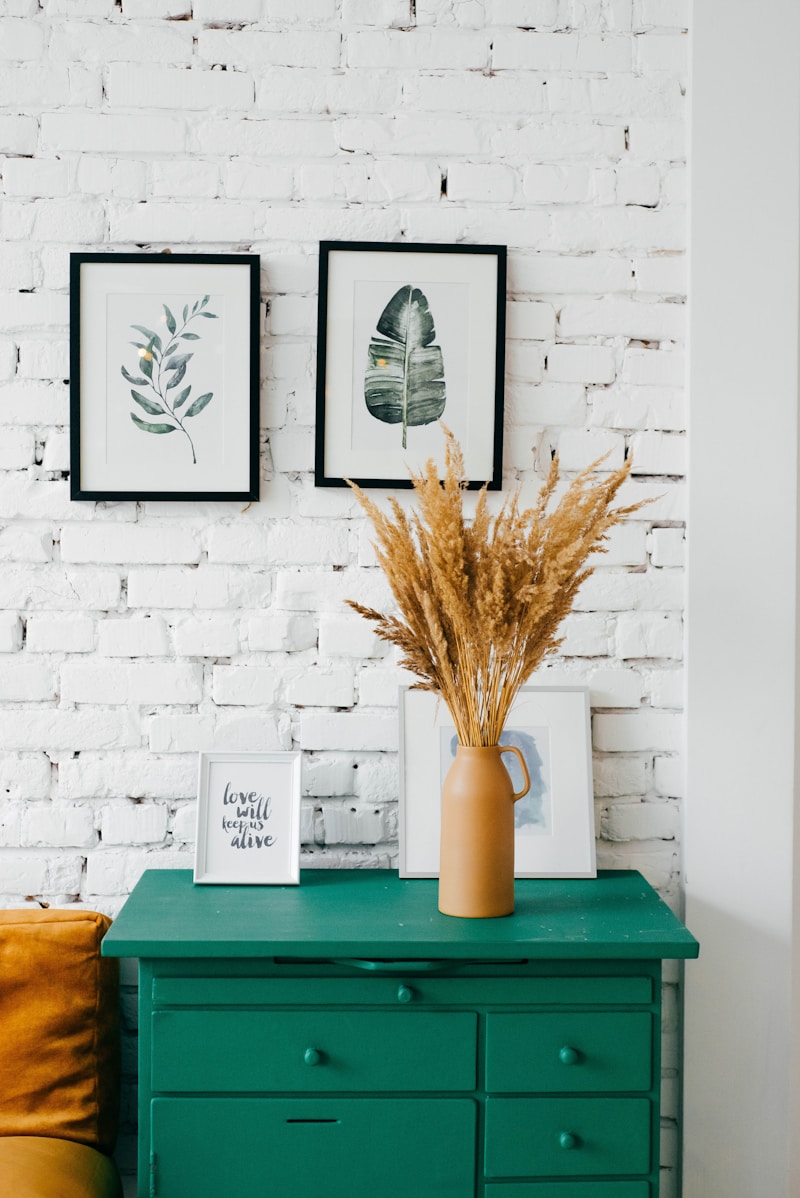Classic Elegance Meets Modernity: A Timeless Design Approach
Understanding the Fusion of Classic Elegance and Modernity
In today’s ever-evolving world of design and architecture, the phrase “classic elegance meets modernity” resonates with many seeking a cohesive aesthetic that combines timeless beauty with contemporary functionality. This article delves into the principles of classic elegance and modern design, illustrating how they harmoniously blend to create stunning spaces.
The Essence of Classic Elegance
Classic elegance is characterized by its adherence to traditional designs that have stood the test of time. It often includes elements such as:
| Characteristics of Classic Elegance | Description |
| Timeless Materials | Use of high-quality materials such as marble, wood, and brass. |
| Intricate Details | Emphasis on craftsmanship, with ornate moldings, carvings, and decorative elements. |
| Symmetry | Balanced proportions and harmonious arrangements that create an appealing visual order. |
| Rich Colors | Use of deep, rich color palettes that evoke a sense of warmth and sophistication. |
Modern Design: A brief overview
On the other hand, modern design focuses on simplicity, minimalism, and functionality. It often incorporates:
| Characteristics of Modern Design | Description |
| Simplicity | Clean lines, uncluttered spaces, and a focus on the essentials. |
| Innovative Materials | Use of contemporary materials such as steel, glass, and concrete. |
| Open Spaces | An emphasis on uninterrupted spaces that promote flow and accessibility. |
| Neutral Colors | Favored palettes that include whites, greys, and earth tones to evoke calmness. |
How Classic Elegance Meets Modernity
The intersection of classic elegance and modernity creates a unique design philosophy that appeals to a broad audience. Here are some key ways in which these two styles can merge effectively:
1. Combining Materials
Incorporating both traditional and modern materials can create intriguing contrasts. Imagine a sleek, minimalist glass table paired with upholstered chairs that feature classic velvet. This juxtaposition adds depth and interest to the space.
2. Blending Color Palettes
A modern design can be accentuated with classic color schemes. For instance, a neutral modern interior can be instantly uplifted with rich, deep-hued accessories, such as a burgundy throw or emerald cushions, introducing an element of classic elegance.
3. Architectural Details
Classic architectural features, such as crown molding or rich wooden paneling, can be integrated into modern layouts. These elements serve as a reminder of tradition while maintaining a fresh, contemporary look.
4. Artistic Touches
Artwork plays a significant role in merging these styles. Incorporating classic art pieces or traditional sculptures into a modern space can create a dialogue between the past and the present, showcasing an appreciation for history without compromising contemporary aesthetics.

Popular Questions Surrounding the Theme
What are the benefits of combining classic elegance with modernity?
The fusion offers the benefit of balance, creating environments that are both inviting and visually appealing. It allows for personalization, ensuring that spaces tell unique stories while remaining functional.
How can I incorporate these styles into my home?
Start small by selecting key pieces that represent both styles, such as a modern chair with classic upholstery, or choose artwork that reflects a historical influence to complement a contemporary setting.
Where can I find inspiration for this design style?
Inspiration can be gleaned from interior design blogs, magazines, and platforms such as Pinterest or Instagram, where designers often showcase their work integrating classic and modern elements.
Examples of Classic Elegance Meeting Modernity
Countless designers around the world exemplify this harmonious fusion. For instance:
- A renowned interior designer might use traditional French furniture within a modern loft space, showcasing ornate crown molding around a retractable ceiling.
- High-end hotels often incorporate classical styles in their lobbies with modern art pieces that capture the essence of both worlds.
- Residential homes featuring open floor plans may utilize grand chandeliers paired with contemporary furnishings to create a breathtaking visual hierarchy.
Conclusion
In conclusion, the marriage of classic elegance and modernity is not just a fleeting trend but a timeless design philosophy that caters to diverse aesthetic preferences. By understanding the principles of both styles, anyone can create a living space that reflects both beauty and functionality.
When embarking on this design journey, consider the importance of balance; incorporate elements that resonate with your personal taste, and don’t hesitate to experiment. The objective is to create a space that is uniquely yours—where classic elegance meets modernity, making it truly timeless.
As a final note, renovations and new constructions offer a prime opportunity to blend these styles, ensuring homes remain relevant and elegantly functional for years to come. Remember, design is all about personal expression, so let your creativity shine through this wonderful fusion!